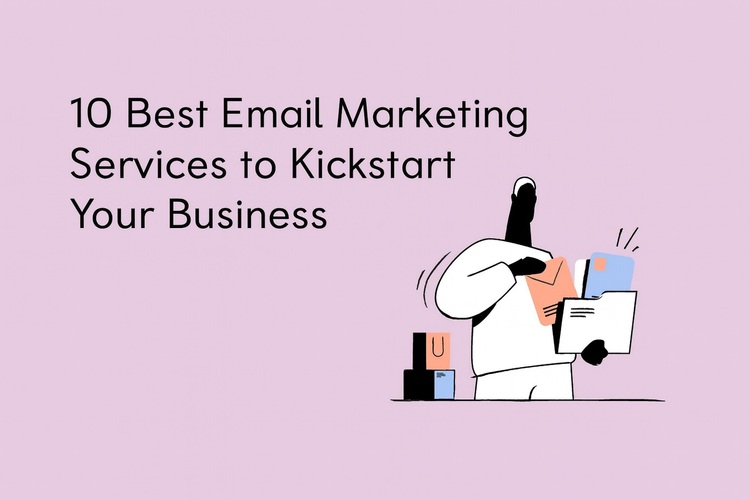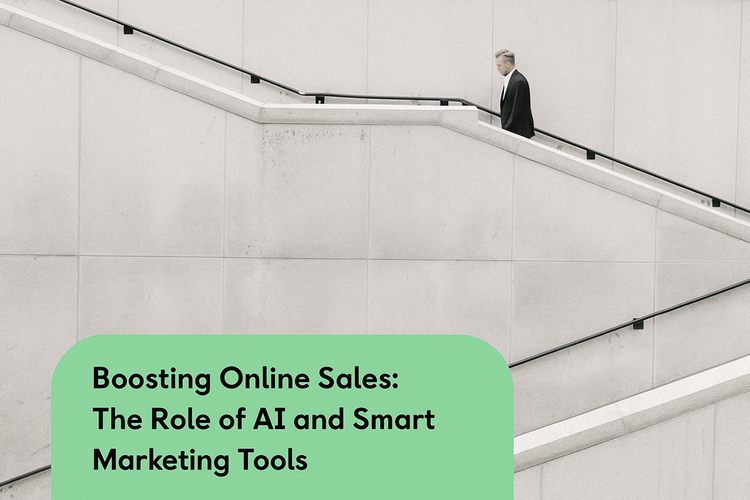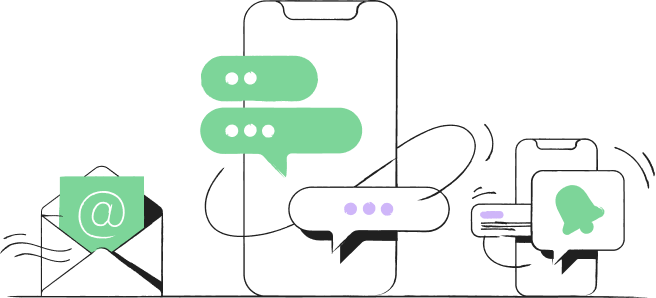Navigation menu
In today’s fast-paced digital world, brands can no longer rely on guesswork to measure the impact of their marketing efforts. This is especially true for influencer marketing, a strategy that combines creativity, trust and reach to connect with your target audience. While the right influencer can reach millions, the absence of measurement makes it hard to know if your investment is paying off.
That’s where influencer marketing analytics comes in. It gives brands the ability to quantify impact, measure ROI and continuously refine their campaigns for better performance. For Shopify merchants, wiring up discount codes, UTM links and pixels means you can tie creator content to add-to-cart, first-time customers, AOV and actual orders — not just likes.
In this guide we’ll cover why analytics are important, which metrics matter and how to build a framework that ensures your influencer marketing efforts lead to long-term business growth for your Shopify store.
Why analytics are key to influence marketing
Without analytics, an influencer marketing platform with micro-influencers becomes an exercise in subjective evaluation — relying on impressions, likes or comments without understanding their proper value. While vanity metrics can give you an initial sense of success, they don’t tell you if creator traffic is generating Shopify sessions, product views, add-to-carts and, ultimately, purchases and repeat orders.
For example, an influencer’s post might get thousands of likes, but if those engagements don’t translate into measurable conversions — such as orders using a creator’s discount code or UTMs tracked in Shopify Analytics and GA4 — your ROI is questionable. Brands that focus only on surface-level indicators often fall into the trap of repeating campaigns that look good on social but underperform at checkout.
By using influencer marketing analytics, Shopify brands get a data-driven view of performance. This allows marketers to see which creators and offers (e.g., auto-applied discount vs code) deliver the highest return, which landing pages convert best and where to reallocate budgets for better efficiency.
Most importantly, analytics allows you to move beyond short-term metrics. Instead of only measuring immediate impact, you can track longer-term effects in Shopify like 60–90 day repeat rate, cohort LTV by first discount code and refund rate — the key indicators of sustained success.
Set clear goals before you start
Before you dive into analytics dashboards, you need to define what success looks like for your campaign. This is the foundation of effective influencer marketing measurement. On Shopify, goals often span acquiring first-time customers, increasing AOV with bundles, driving subscription starts or boosting seasonal revenue via creator-specific offers.
For example, a brand focused on awareness will prioritize reach, impressions and Shopify sessions from creator UTMs, while an e-commerce company will focus on conversions, click-through rates and customer acquisition cost (CAC) tied to discount codes and tagged orders. Each goal requires its own set of tracking parameters and a consistent naming convention.
When setting your goals, use the SMART framework: Specific, Measurable, Achievable, Relevant and Time-bound. A clear measurable target, such as “Generate $120,000 in net sales at ≥20% contribution margin from creator codes in 90 days,” provides a benchmark against which Shopify and GA4 analytics can be meaningfully interpreted.
Key metrics to track for influencer campaigns
Once your goals are set, it’s time to decide which metrics will help you track progress. The right KPIs ensure your influencer marketing analytics give you actionable insights rather than just data overload.
- Engagement rate — This measures likes, comments, shares and saves relative to the influencer’s follower count. A higher engagement rate means a stronger connection with the audience and can signal better click-through to your Shopify store.
- Click-through rate (CTR) — Tracks the percentage of users who clicked a link from an influencer’s content, helping measure interest and traffic generation. Validate creator-reported clicks against Shopify/GA4 sessions with UTMs.
- Conversion rate — Arguably the most important metric for ROI-focused campaigns, it shows how many clicks resulted in a desired action (purchase, sign-up etc.). Track product page views to purchase in Shopify to find bottlenecks.
- Reach and impressions — While they don’t directly indicate sales, these are important for brand awareness goals. Pair them with Shopify sessions to estimate traffic efficiency from each platform.
- Customer acquisition cost (CAC) — The total spend divided by the number of first-time customers acquired through the campaign. Use unique creator codes/UTMs and tag customers on first order for clean CAC and LTV.
Real world influencer marketing examples show that the most successful brands track both short- and long-term KPIs. For example, a beauty brand might track conversions and code usage during a campaign launch but also assess customer lifetime value (CLV) by creator cohort in Shopify months later.
Tools and platforms for accurate measurement
Even the best-defined KPIs are meaningless without accurate data collection. There are many influencer marketing tools and platforms to help you track, store and interpret performance data.
- Shopify-native tools — Use Shopify Analytics for sales by discount code, first-time vs returning customers and cohorts; Shopify Collabs for issuing unique codes/links and tracking creator performance; Linkpop for shoppable, trackable bio links; and Shopify Flow to auto-tag orders and customers by creator.
- Google Analytics (GA4) — Useful for tracking referral traffic, conversions and multi-channel attribution from influencer campaigns using UTM parameters that mirror your Shopify naming conventions.
- Social media analytics and influencer platforms — Native tools like Instagram Insights, TikTok Analytics and YouTube Studio offer post performance data. Dedicated platforms like Aspire, Traackr and GRIN help manage creators at scale and consolidate reporting alongside Shopify data.
For brands managing multiple influencers, a centralized referral marketing platform or Shopify-based dashboard with standardized UTMs and code naming ensures data consistency. This not only saves time, but also allows side-by-side performance comparisons to identify top-performing partnerships.
To ensure accuracy, integrate UTM parameters into all influencer links and use auto-apply discount links where possible. This allows precise tracking in Shopify and GA4 and shows exactly which influencer drove each conversion.
How to calculate ROI from influencer partnerships
ROI calculations in influencer marketing compare your total spend to the revenue generated through the campaign. This includes influencer fees, product costs, shipping, ad spend for whitelisting and internal resources or app fees.
The formula is simple:
ROI (%) = [(Revenue – Cost) / Cost] × 100
But ROI in this context isn’t just about immediate sales. Some influencer collaborations yield delayed conversions, especially for higher-consideration products or subscriptions. Shopify data combined with post-purchase attribution surveys can capture sales influenced days or weeks after exposure, giving a more accurate picture of the true impact.
For example, a luxury skincare brand might see modest immediate orders from a creator’s video, but over 3–6 months, the same content continues to drive Shop Pay checkouts from saved carts and remarketing, ultimately lifting overall ROI.
Using data to optimize ongoing campaigns
One of the biggest benefits of influencer marketing analytics is the ability to optimize campaigns in real time. Instead of waiting until a campaign ends, marketers can track performance as it happens in Shopify and GA4 and make adjustments.
If certain influencers are underperforming, you can shift budget to higher performers mid-campaign. If a specific post format — such as Instagram Reels or TikTok duets — is generating better engagement and higher Shopify conversion, you can replicate it across the rest of the campaign and promote it via allowlisted ads.
Data also helps in identifying opportunities for A/B testing. You might test two different calls-to-action, code vs auto-apply discounts, creator bundles vs single SKUs or landing page layouts to see which drives better results. The more iterative and responsive your approach, the higher your long-term success rate.
Common tracking mistakes and how to avoid them
Even experienced marketers make mistakes in tracking influencer campaigns. Common pitfalls include relying on vanity metrics, not tracking UTMs consistently across platforms and not accounting for delayed conversions that show up later in Shopify cohorts or surveys.
Another mistake is inconsistent tracking methods. If each influencer uses different link structures, lacks auto-applied discounts or reports with different UTM names, aggregating results becomes impossible. Standardizing UTMs, discount code naming and order/customer tagging in Shopify is key to avoiding data silos.
Finally, overlooking fraud detection can mean wasted budget. Some influencers inflate their metrics with fake followers or engagement. Robust influencer marketing tools with fraud detection, combined with sanity checks like code usage vs reported reach and abnormal refund rates by creator cohort in Shopify, can help you identify and avoid these risks.
Building a long-term analytics framework
The ultimate goal of influencer marketing analytics isn’t just to evaluate individual campaigns — it’s to build a long-term framework for continuous improvement.
By compiling historical Shopify and GA4 data you can spot trends, forecast performance and make informed budgeting decisions. For example, you may find that certain influencer tiers consistently outperform others, that auto-applied discounts lift conversion or that creator bundles yield the best ROI during specific seasons.
A mature analytics framework also allows you to move towards predictive modeling. Instead of reacting to performance data, you can forecast which influencers, offer types and platforms will perform best before launching a campaign — and preload Shopify with the right codes, landing pages and inventory allocation.
Over time this data driven approach turns influencer marketing into a strategic growth engine for your brand, where creators function like scalable acquisition channels tied directly to Shopify revenue, margin and LTV.












